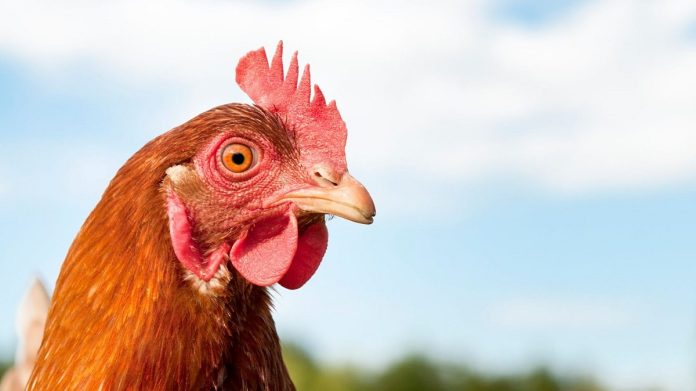In simple terms, biosecurity in poultry may be defined as ensuring security for the biological aspects of poultry. Although biosecurity in poultry may sound complex, it is a simple chore that may help you take your farming business to the next level.
The year 2021 was a challenging one for most poultry farmers across the globe, and Ghana was not exempt. Bird flu infestation and the feed crisis brought most farmers to their knees and left most farms collapsed.
Why is Biosecurity in poultry important?
Farms are stabilizing to deal with feed issues, but there appear to be some common biosecurity concerns I observed anytime I visit nearby poultry farms. Biosecurity can have a good impact on your farm when it is properly implemented, but it can also cost you your entire life savings if it is not properly done.
Read Also: 14 Deadly Chicken Diseases That Can Destroy Your Poultry Investment
What farmers are doing wrong on their farms
1. Disinfection bath
When you ask a farmer why he or she does not have a disinfection bath, it’s terrible to learn that they are aware of what a footbath is but choose to neglect its use. However, infections that cause damage on our farms are microorganisms that can’t be seen with the physical eye.
Disinfecting footwear and vehicles that come close to poultry farms have proven to reduce the rate of microbes transferred to farms.
2. Feed sources as means of infection transfer
The majority of biosecurity in poultry farms has been compromised by feed sources. Large-scale farms mostly obtain feed supplies from feed manufacturing firms, but they do so on the basis of trust and biosafety standards established by these companies.
Small and medium-sized farms, on the other hand, do not take tons of feed from suppliers; instead, they mix their own feed manually or engage the services of neighbouring farmers, and as a result, there have been countless infections transferred from one farm to another.
3. Workers as a source of infections
All of the above sources of infection, including farmhands, might well be considered as external sources of infection. Workers who come into contact with the flock should make an effort to keep their work clothes clean. When a farm has both younger and older flocks, work should begin with the younger birds and end with the elderly birds. If you have extra farmhands, assign workers to each sector and strictly prohibit movement from older to younger birds.
Moving from older flocks to younger flocks will result in the spread of infections, and immune boosters may not be as effective in combating infections as they are in older flocks.
Read Also: 12 Shocking Reasons Behind the Low Egg Production in Poultry
4. Supplying quality feed and enough water
Garbage in, garbage out, they say, and it’s true that what you feed your flock has a direct impact on their growth and performance. For appropriate system functioning, farm animals require a nutritional diet as well as water. Change their water on a regular basis and feed them the proper amount of feed at the right time.
Poor feeding management can have a great effect on production and will cost you money, time, and other resources. Biosecurity in poultry depends on animal welfare as well.
5. Following medication charts
While ensuring all of the aforementioned criteria, don’t forget to refer to the medication charts to determine when to administer a specific vaccine or drug to the flock. Another key thing to remember is to always check with your local veterinarian for updated medicine and vaccination charts.
6. Environment management
Changing the litter, fumigating the farm, and cleaning the farm environment are all important aspects of farm production. Farm animals may survive in filthy conditions, but they may not perform as well as they should.
Bacteria and pests can grow in filthy conditions and endanger the health of your farm animals, costing you more money to restore their health and reach production goals.
Finally, the importance of biosecurity in poultry should not be overlooked. On the farms, every activity must be treated seriously. Feed prices are at an all-time high these days, so don’t be tempted to add more costs to your farm production. Follow this guide and
I wish you happy farming.


